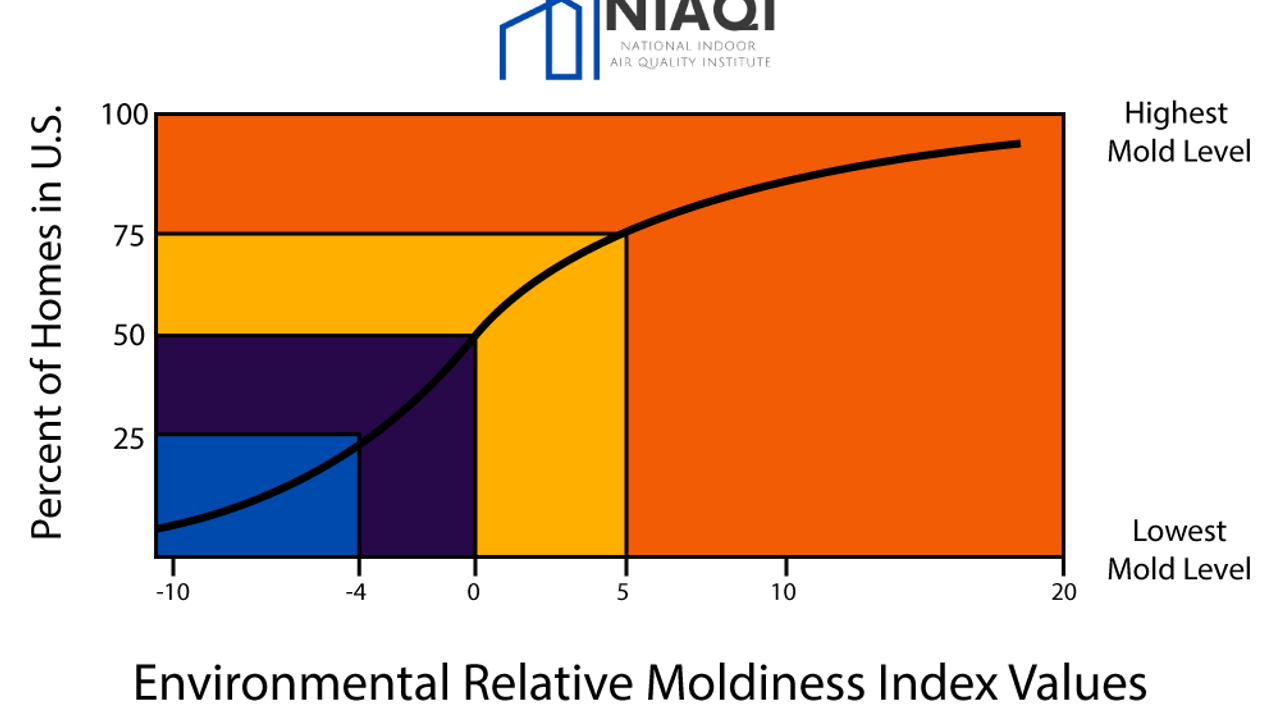ERMI Mold Test: What Is the Environmental Relative Moldiness Index?
Aug 12, 2022
When you get your mold license in Florida, it is important to understand what types of mold samples you can collect and what information those samples will provide for you and your client. You should know what an ERMI mold test is, and whether or not to use one to properly assess your client’s businesses and homes. We’ll break down everything you need to know regarding the ERMI mold test, and what you need to know about it within the context of your future mold remediation business.
What is an ERMI mold test?
You’re probably wondering what an ERMI mold test is, and why people and businesses would need one. An ERMI mold test is a type of test that determines the overall relative moldiness within dust samples taken from a building.
What is the purpose of the test?
The purpose of the ERMI mold test is to determine whether or not mold is present in a building. To properly determine if mold is in a building, multiple tools need to be used to find out where mold may be located within the building, and whether or not that mold may pose a threat to individuals.
ERMI mold tests alone should not be the sole indication for mold remediation. The most important step in assessing a building for the presence of mold is to conduct a thorough interview with the occupants and visually inspect the exterior and interior of the building for evidence of water or moisture that may result in microbial growth.
When was ERMI created?
ERMI was developed as a research tool in 1984 in the US. Newer versions have been developed as recently as 2004 and 2021 as technology and our understanding of mold has advanced.
Who developed the ERMI mold test?
In the US, the ERMI mold test was developed by the EPA, the Environmental Protection Agency. However, it is not endorsed or validated by the EPA for use to determine mold burden in homes. The EPA has developed, but has not finalized a fact sheet on MSQPCR, ERMI and indoor mold for the public.
Due to false advertising, there is a risk that individuals may take unnecessary actions regarding the presence of indoor mold based on the belief that MSQPCR and ERMI results provide a full picture of indoor air quality.
Use of an ERMI mold test in homes and buildings
The ERMI mold test can be used in a variety of locations, but is really only useful for determining whether or not mold is present. Although the results of the PCR analysis method are reliable, the data cannot provide information about the origin of the microbial contamination, the length of time present in the building or the air quality in the building.
How does an ERMI mold test work?
ERMI testing is performed by vacuuming a templated area of dust from a building using a special dust collector cylinder. If a single sample of dust isn’t large enough, dust will have to be collected from other rooms in a building. From a reading of the dust, a value between -10 and 20 is given.
The EMRI readings are compared to the National Relative Moldiness Index (RMI), created from a study done by the HUD American Healthy Home Survey.
A higher value result means that there is mold present at the time of testing, but does not necessarily mean that there were any harmful amounts present. Additionally, a lower value does not mean that harmful mold species are not still present in the environment or that remediation is not necessary. More processes and often additional tests are necessary to determine exactly the cause, origin and scope for remediation.
What are the pros and cons to ERMI testing?
The pros of the ERMI test are the accuracy of the analysis for that location.
The cons are that dust is a history of settled particles over time. The presence of mold spores in dust does not conclude that the dust originated from that environment or that it originated in that location or how long that most has been there. The index value does not interpret or identify the risk associated with some microbial species that may be harmful to the occupants.
When should you use an ERMI test?
Due to its limitations and lack of specificity, NIAQI does not recommend that mold assessors and remediators solely use an ERMI mold test to determine whether or not a building. The ERMI test, like other sampling methods, is a tool that can be used to provide data to consider when assessing an environment for the presence and risk associated with mold in buildings. There are several other useful tools that provide more information that is useful in determining if mold is present in the building.
Get your Florida mold license with NIAQI
If you’re interested in getting or renewing your mold license in Florida and performing ERMI mold tests for yourself, contact NIAQI and get started with your courses today. We offer multiple courses throughout the year, including testing, and teach you everything you need to know in a three day course!
Get mold industry news and updates from NIAQI.
Join our mailing list to receive the latest news and updates from our expert mold instructors.
Don't worry, your information will not be shared.
We hate SPAM. We will never sell your information, for any reason.



